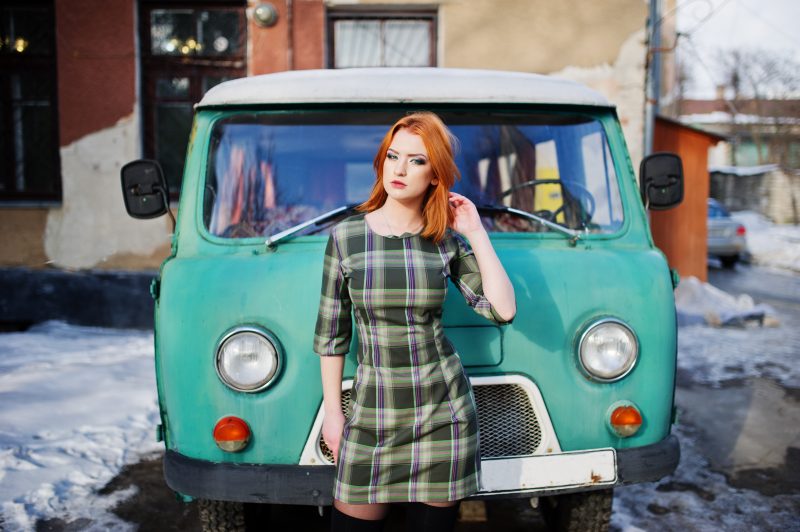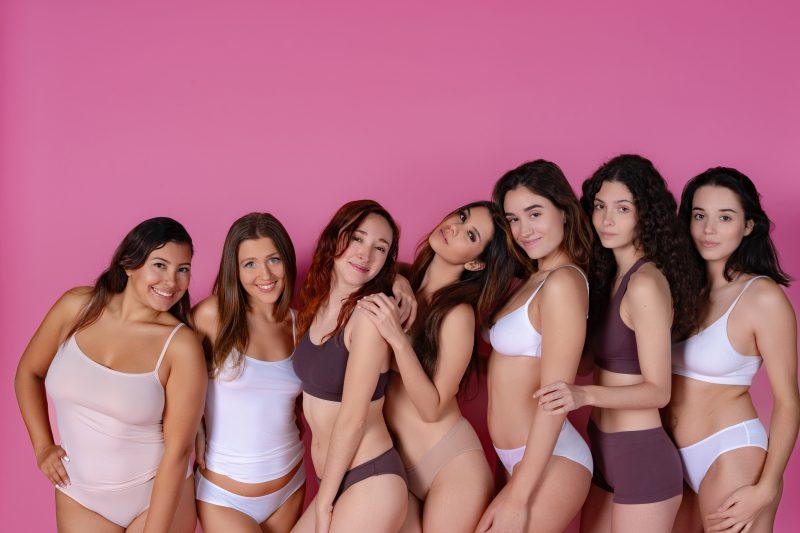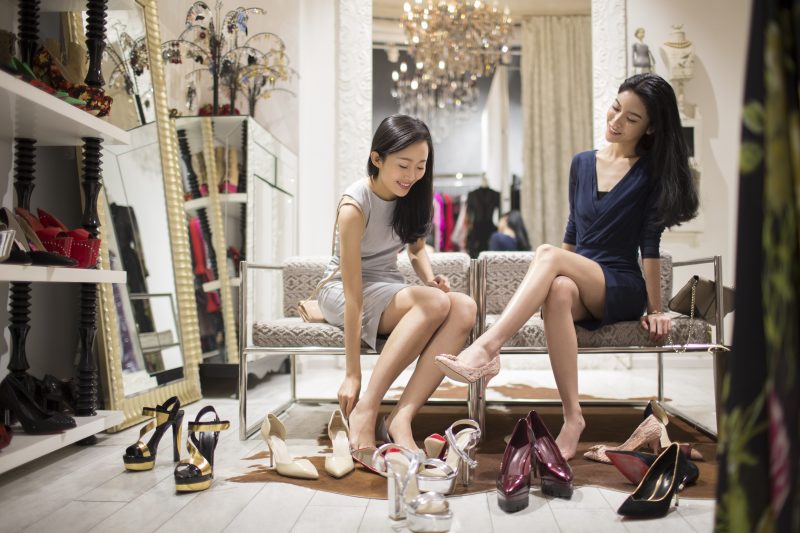I’ll never forget the moment I realized I might be a fashion fraud. I was sitting at a fancy industry dinner beside a creative director whose work I’d admired for years, wearing what I thought was a very clever outfit: wide-leg black trousers from a high-street brand that I’d had tailored to fit perfectly, paired with a vintage silk blouse and my one truly expensive splurge—a designer blazer that had cost more than my monthly rent and required six months of careful saving.
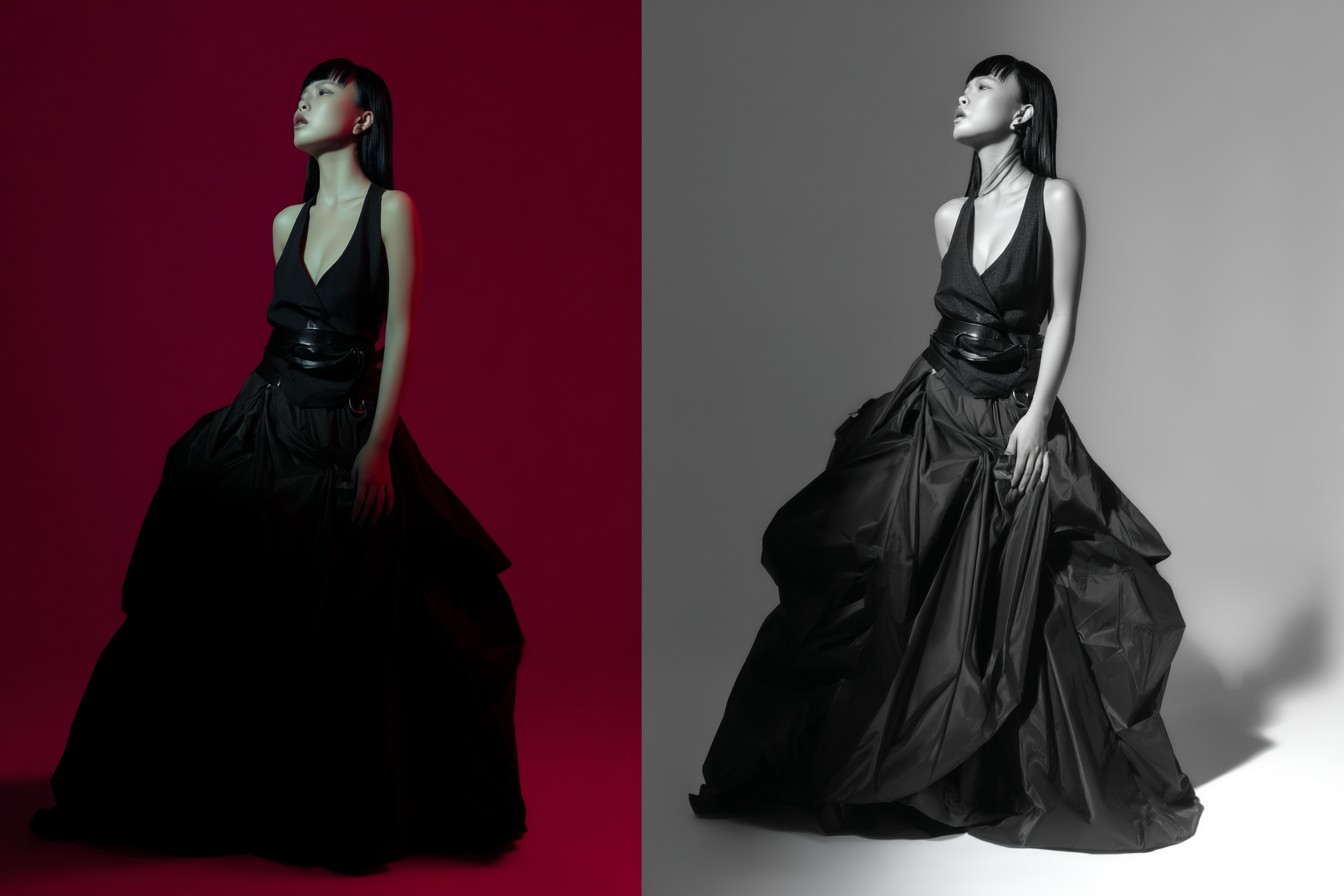
Mid-conversation about an upcoming collection, she casually rested her hand on my sleeve and said, “This jacket is beautiful—the cut is impeccable.” Then, without missing a beat, she glanced at my pants and added, “H&M does a decent trouser these days, don’t they?”
I nearly choked on my chicken piccata. My pants weren’t from H&M (though no shade if they were)—they were from a slightly more upmarket high-street brand. But somehow, her fashion radar had instantly categorized them as “budget” despite the tailoring. Meanwhile, she’d clocked my investment piece immediately.
That night launched what my therapist would probably call an unhealthy obsession: Can people really tell the difference between expensive and inexpensive clothes at a glance? Is there some fashion aura that emanates from premium garments that no amount of styling can disguise? Or are we all just responding to labels and preconceptions rather than the actual garments themselves?
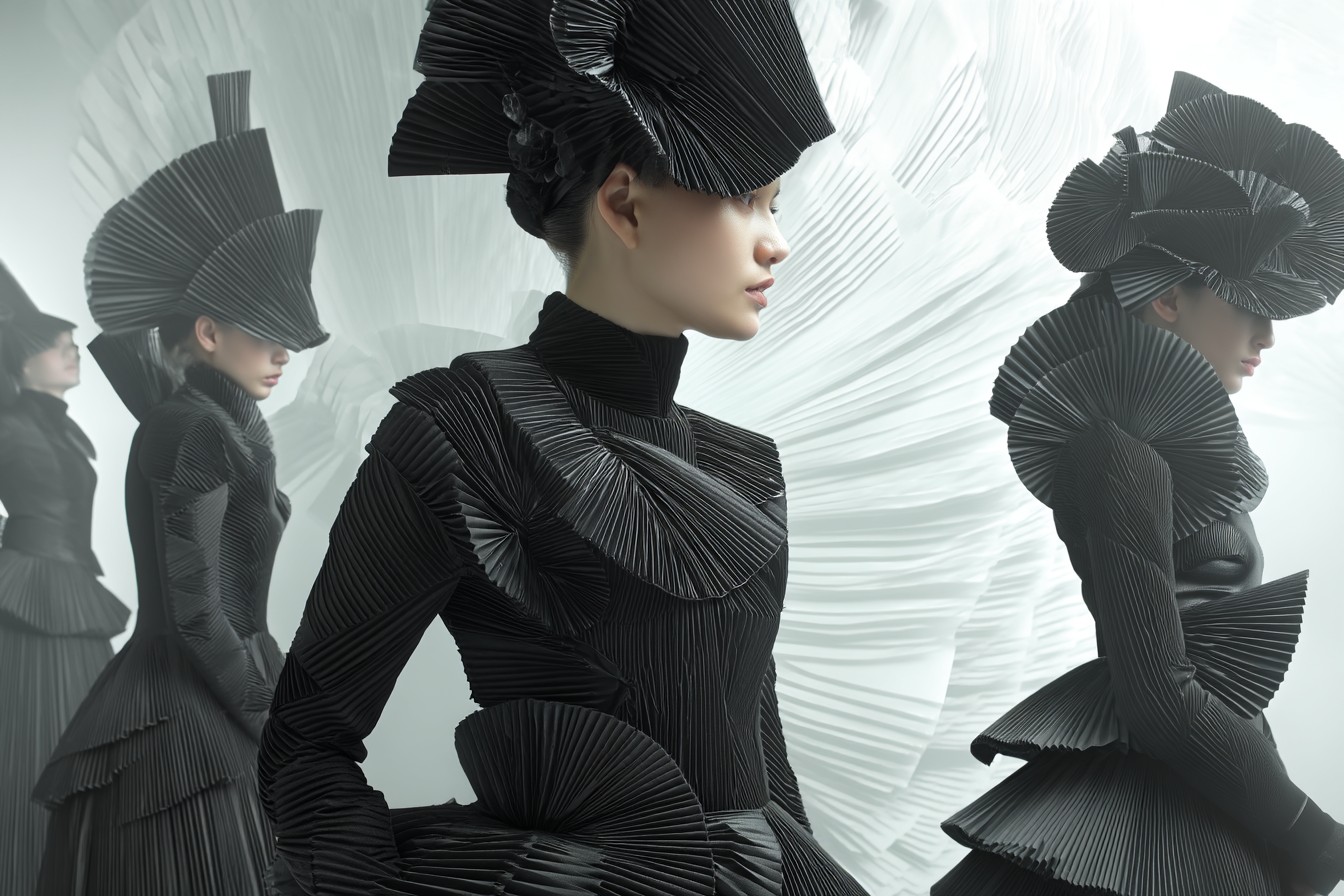
In the name of both journalistic investigation and personal neurosis, I decided to conduct an experiment. I would put together five identical outfits—one version made entirely of budget brands and one version from high-end designer labels—and wear them while going about my normal life, noting if people treated me differently or if anyone could actually tell which was which.
The rules were simple:
1. Each outfit had to be as identical as possible in color, cut, and overall appearance
2. The budget version couldn’t cost more than $200 total
3. The designer version had to be current season, full price (no sale items or outlet finds)
4. No visible logos or obvious branding allowed
5. I would wear each outfit for a full day, switching between budget and designer versions
I selected five classic outfit templates that represent different situations in my life: office workwear, casual weekend, evening out, athleisure, and a summer dress look. For each, I haunted everything from fast fashion chains to department stores to boutiques, looking for pieces that could genuinely pass as doppelgängers despite their price disparity.
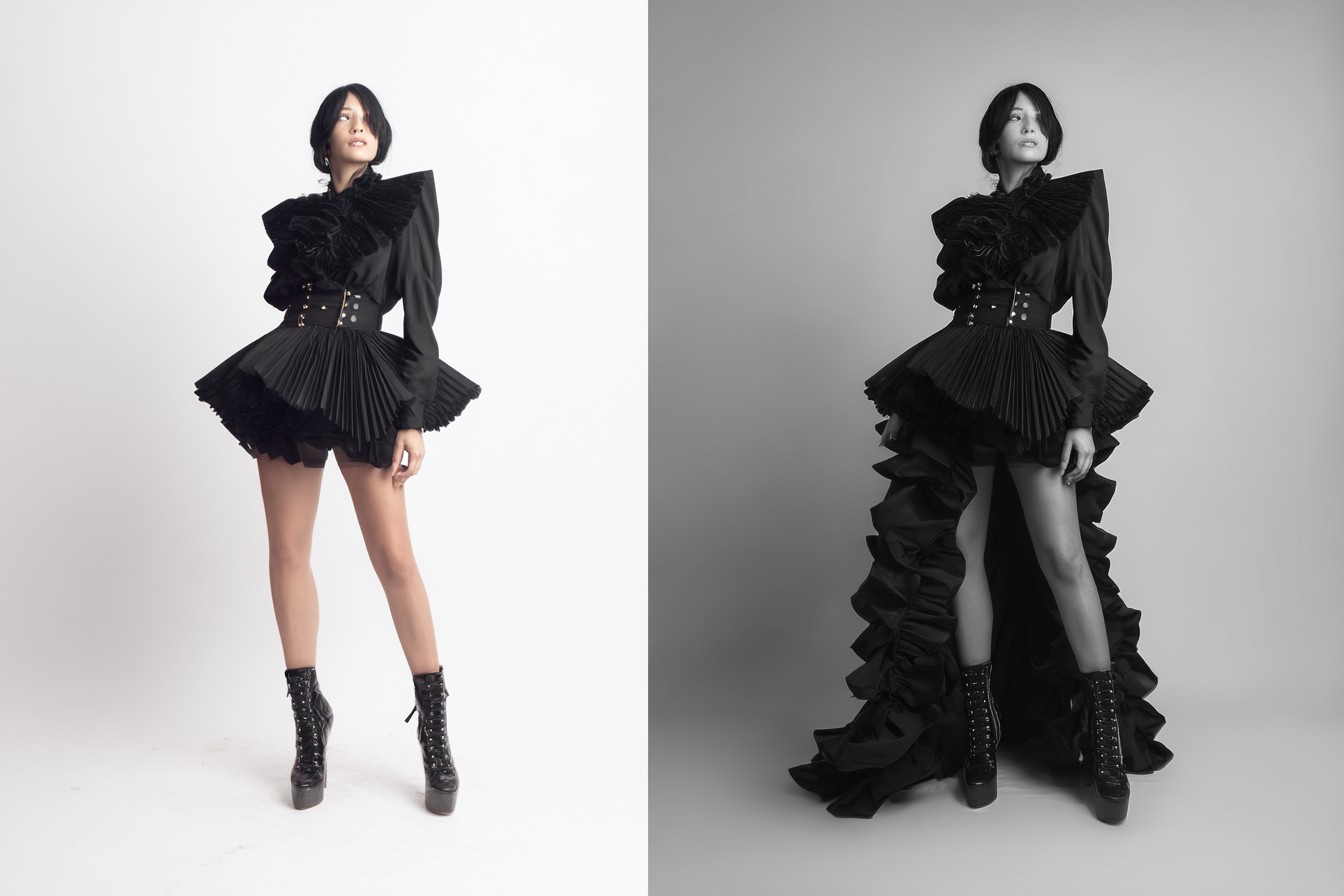
“This is the weirdest shopping assignment I’ve ever helped with,” commented my friend Jade, who works as a stylist and got roped into my experiment. “Usually people want things that look different, not identical.”
After three weeks of intensive shopping (the things I do for fashion journalism), I had my ten outfits assembled. The price differences were staggering. The budget workwear (black pencil skirt, white button-down, black pumps) totaled $118. Its designer twin cost $2,140. The casual weekend look (straight-leg jeans, white t-shirt, oversized cardigan, white sneakers) was $143 in budget form and $1,890 in designer versions.
But did they actually look identical? I invited three fashion industry friends over for a blind assessment, hanging both versions of each outfit side by side without telling them which was which.
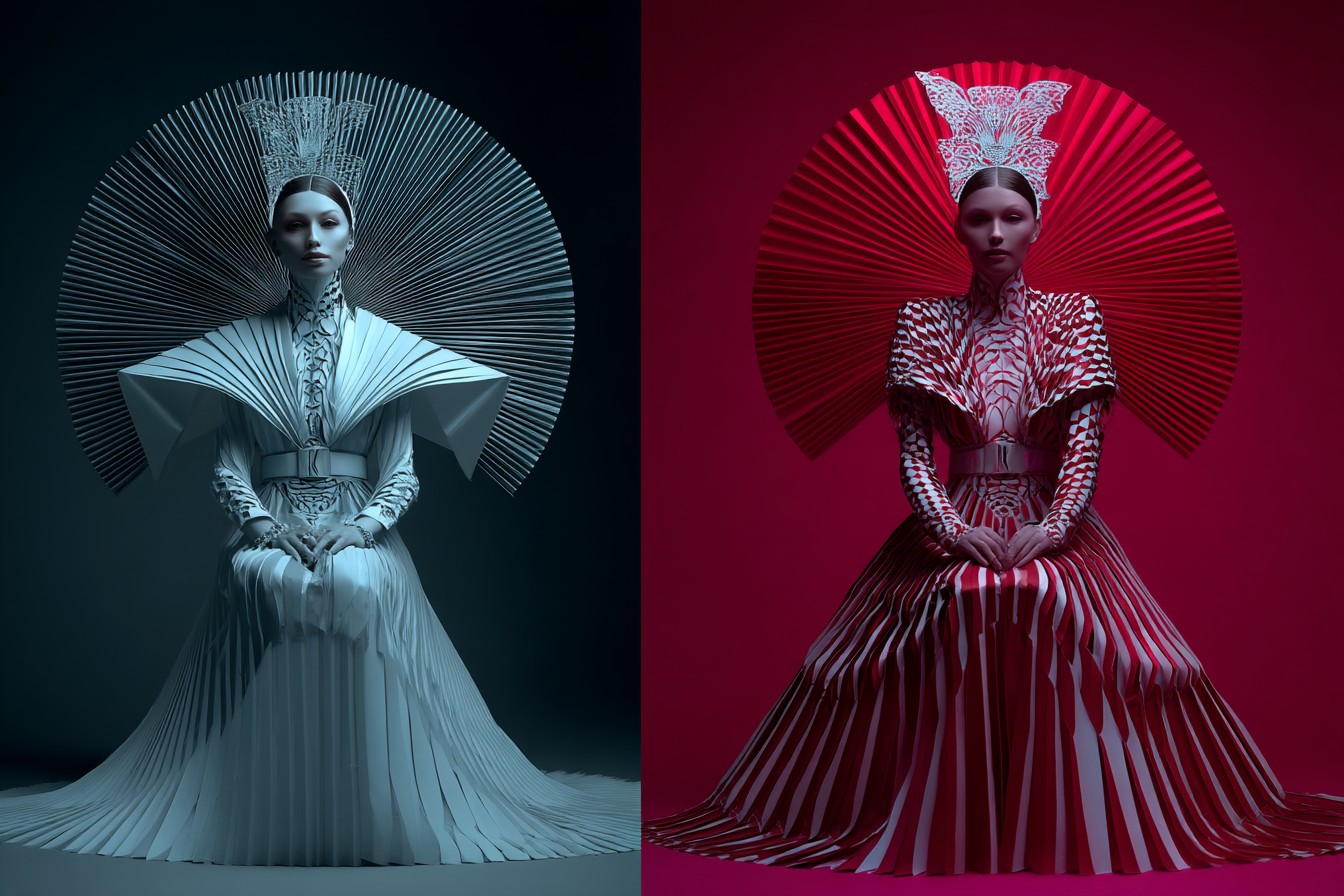
“This is harder than I expected,” admitted Marcus, a menswear editor who prides himself on his eye for quality. He correctly identified the expensive version of the workwear and evening outfits but got the casual weekend and athleisure looks wrong. “The sneakers threw me off,” he explained. “The budget ones actually look more expensive.”
Emma, a stylist, performed slightly better, correctly guessing four out of five. “It’s usually in the details,” she said. “The way a collar sits, the finishing on a hem. But they’re surprisingly close.”
Most interestingly, Jade, who had helped me shop and knew the brands but not which specific outfits I’d chosen, only got three out of five correct when shown the completed looks. “From a distance, they’re virtually identical,” she said. “It’s only when you really examine them or touch the fabric that the differences become obvious.”
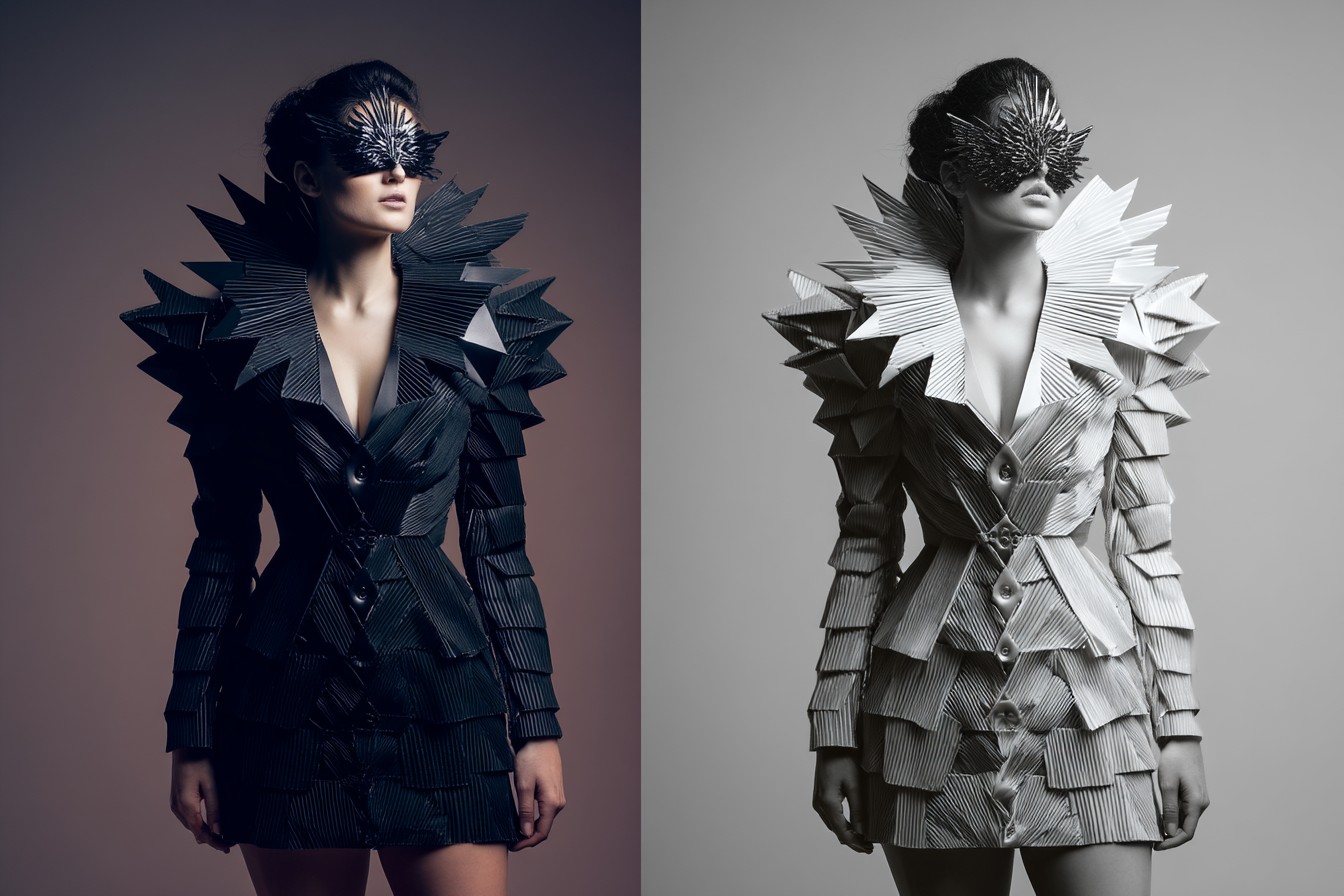
With my outfits assembled and the stage set, I began my experiment. Week one was devoted to workwear, with Monday in the budget version and Tuesday in designer. Wednesday was casual in budget, Thursday casual in designer. And so on, alternating through all five looks over the course of two weeks.
The immediate revelation was how differently the outfits felt on my body, despite looking nearly identical to outside observers. The designer white button-down draped more flatteringly and didn’t pull across my chest like its budget counterpart. The expensive jeans held their shape throughout the day, while the affordable ones bagged slightly at the knees by afternoon. The luxury pumps, despite being exactly the same height as the budget version, somehow hurt less after hours of wear.
“It’s about construction, not just materials,” explained Emma when I shared these observations. “Expensive clothes often have more detailed internal architecture—better darts, proper interfacing, more strategic seam placement. It’s all the stuff you can’t see in a photo that makes them fit better on a real human body that moves and sits and breathes.”
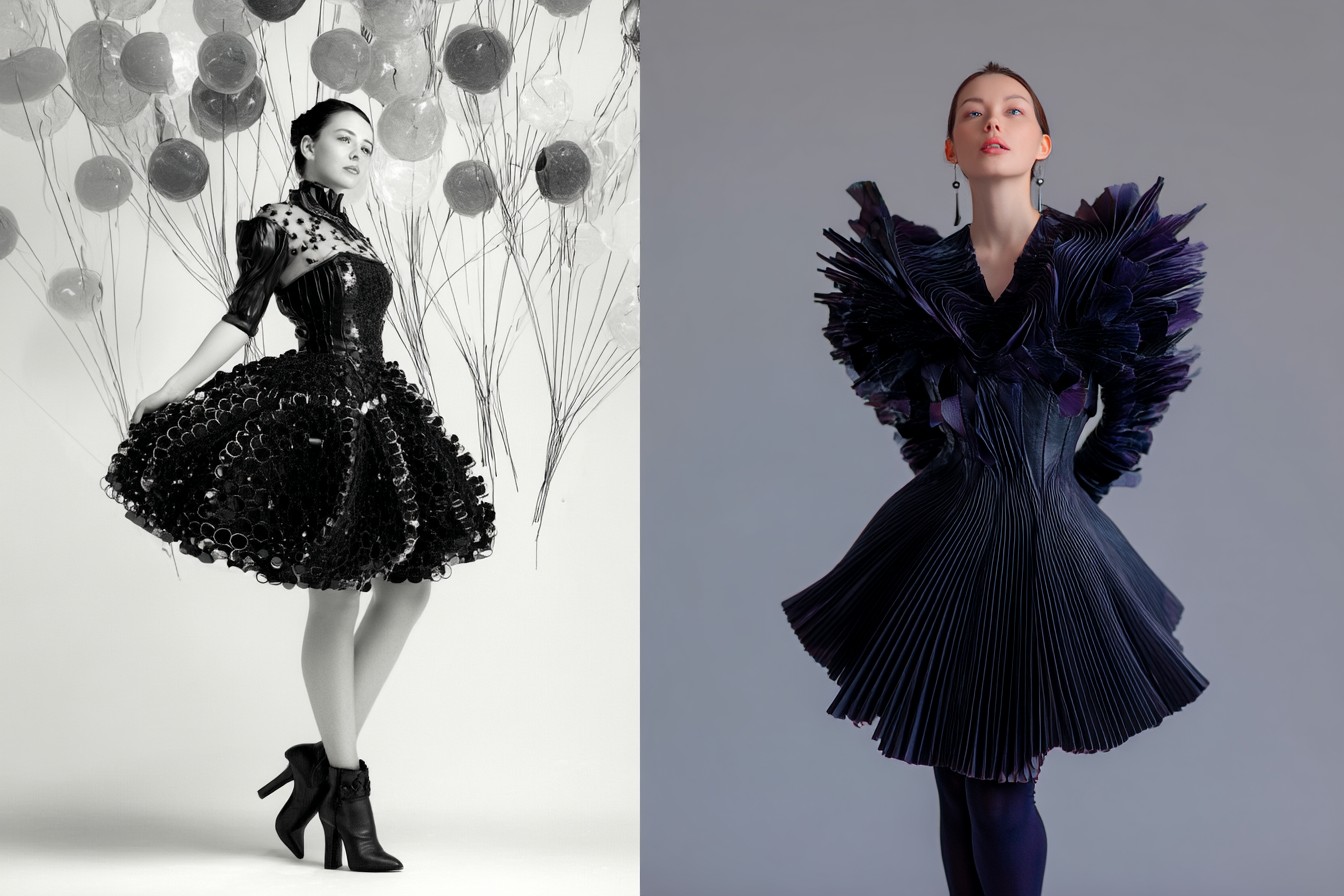
But these differences, while noticeable to me as the wearer, seemed largely invisible to everyone else. Over the two weeks, I carefully documented reactions and comments, and the results were fascinating.
The most expensive compliment I received during the entire experiment came on a day I was wearing the budget version of my evening outfit—a simple black slip dress with strappy sandals and minimal jewelry that cost a total of $126. A fashion director I deeply respect stopped me at an industry event and said, “That dress fits you perfectly—is it The Row?” (It was H&M.)
Conversely, the only time someone questioned if I was wearing fast fashion was when I wore the $800 designer jeans. An intern at the office said, “Those jeans look exactly like the ones I just saw at Zara! Are they?” They were, in fact, from a Japanese denim brand known for their meticulous construction and ethical manufacturing.
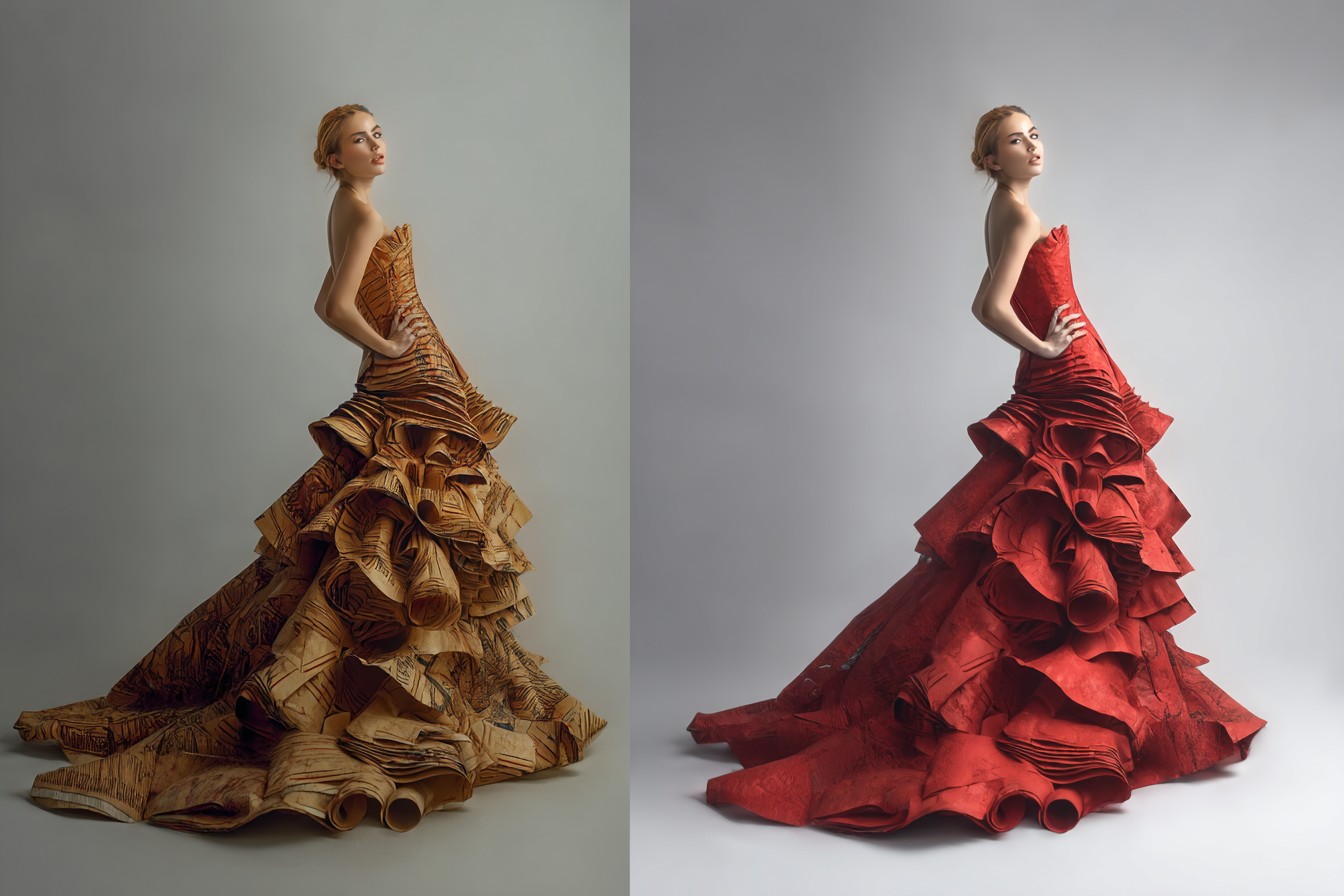
These misidentifications happened repeatedly. The designer athleisure got mistaken for Lululemon (it was actually an independent luxury activewear brand that charges $175 for leggings). The budget summer dress received multiple inquiries about where I’d found such a “gorgeous” piece (it was $49.99 from a mall brand with questionable labor practices that I’d normally avoid but purchased for the sake of this experiment).
The pattern that emerged wasn’t about accuracy in identifying expensive versus inexpensive. Instead, it revealed something more interesting: people’s perceptions seemed heavily influenced by context, styling, and their preexisting ideas about me and my style.
On days when I wore budget outfits to important meetings or events, carrying my usual good handbag and with careful attention to my hair and makeup, people assumed I was wearing higher-end pieces. When I wore designer clothes for casual errands with messier hair and minimal makeup, the quality of the garments was largely overlooked.
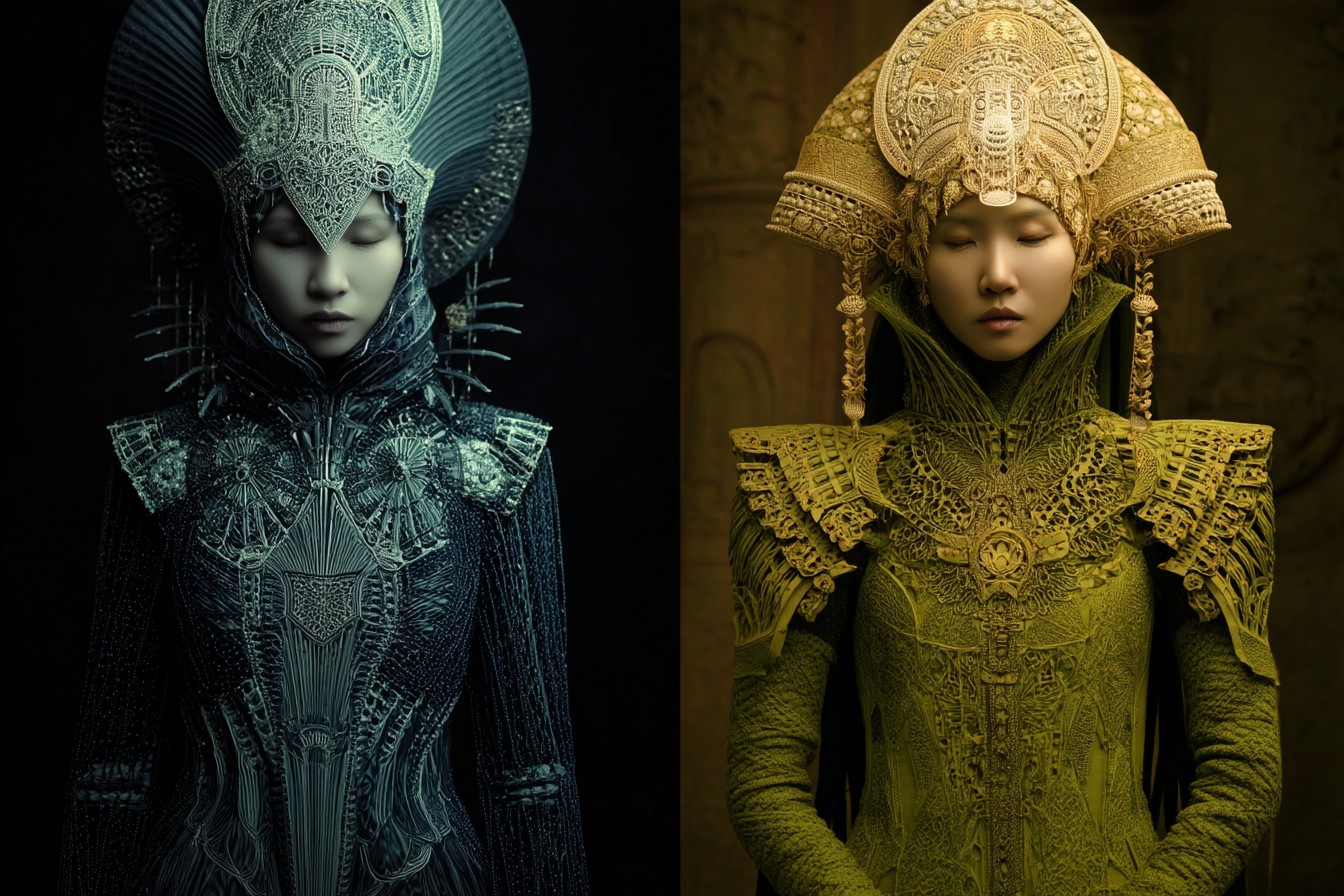
“It’s the halo effect,” said my friend Tyler, a consumer psychologist, when I shared my findings over drinks. “If someone thinks you have good taste generally, they’ll attribute quality to whatever you’re wearing regardless of its actual origin. It’s the same principle that makes people swear cheap wine tastes better when it’s poured from an expensive-looking bottle.”
This theory was supported by an interesting pattern in the compliments I received. The designer outfits garnered more general approval—nods of acknowledgment, slightly more attentive service at restaurants, the subtle recognition of the fashion tribe—but fewer specific compliments about individual garments. The budget outfits received more direct compliments like “great dress” or “love those jeans,” perhaps because they looked good enough to notice but not so expensively unattainable as to be intimidating.
The most revealing day came when I wore the budget workwear to an important client meeting, then changed into the designer version of the exact same outfit for dinner with friends who work in fashion. Same black pencil skirt, same white button-down, same black pumps—just with a roughly $2,000 price difference between them.
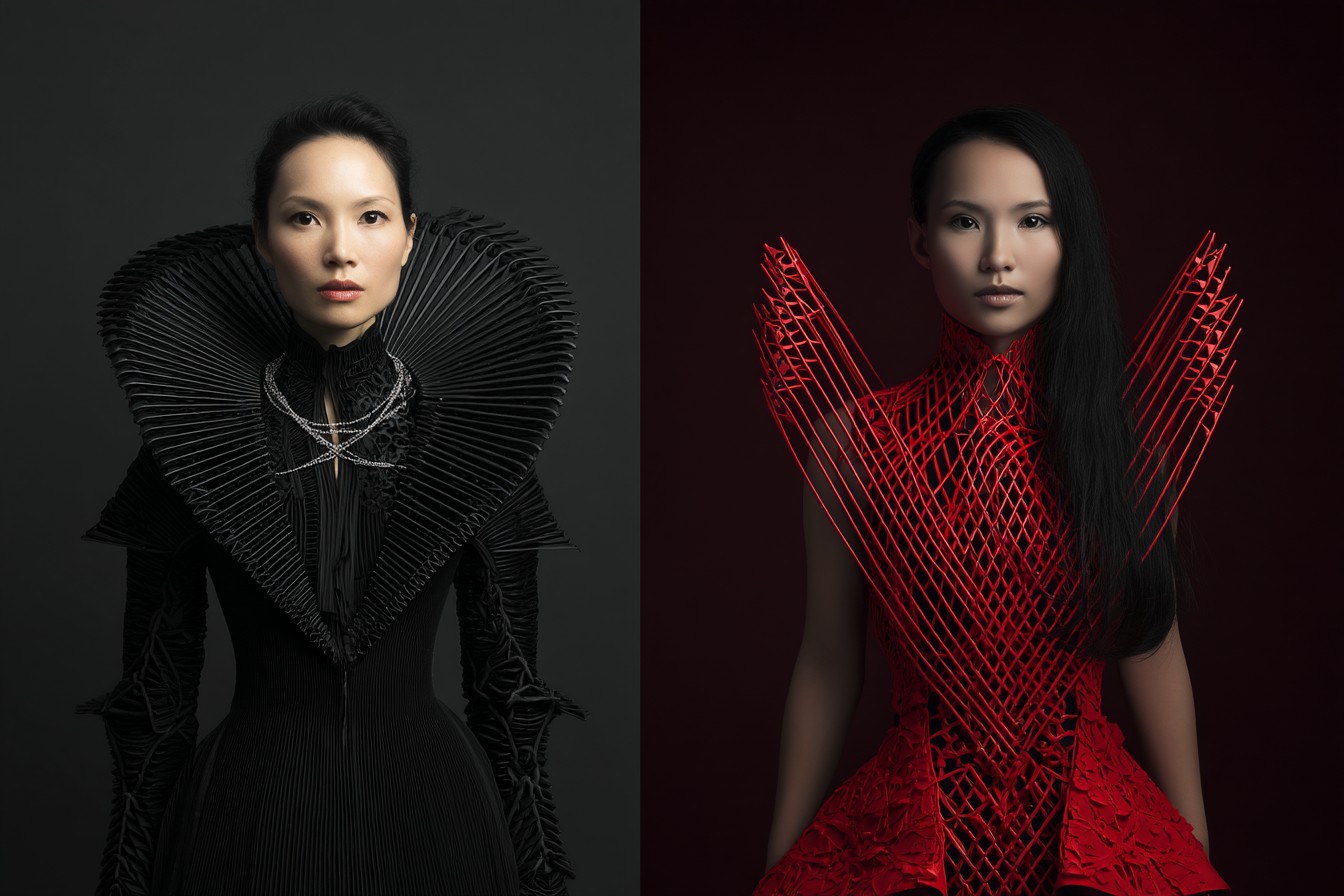
The client, a luxury brand marketing director with an exceptionally good eye, complimented my “classic look” but made no specific comments about the quality or origin of what I was wearing. At dinner, wearing what was essentially the same outfit but at 18 times the price, one friend immediately said, “That shirt fits you perfectly—the tailoring is so precise.”
Was the designer shirt actually tailored better? Absolutely. The darts hit at exactly the right place, the collar stood perfectly without looking stiff, and the cotton had a subtle luminosity that the budget version lacked. But would she have noticed these details if she hadn’t been primed to expect quality from my evening attire at a fashion industry dinner? I’m not convinced.
“The quality is objectively better in the expensive versions,” Jade pointed out when I shared this observation. “But that doesn’t mean the difference is visible to most people in most contexts. It’s like expensive skincare—the ingredients might be scientifically superior, but if someone’s skin looks good, no one can tell if it’s from a $300 serum or just good genetics and drinking water.”
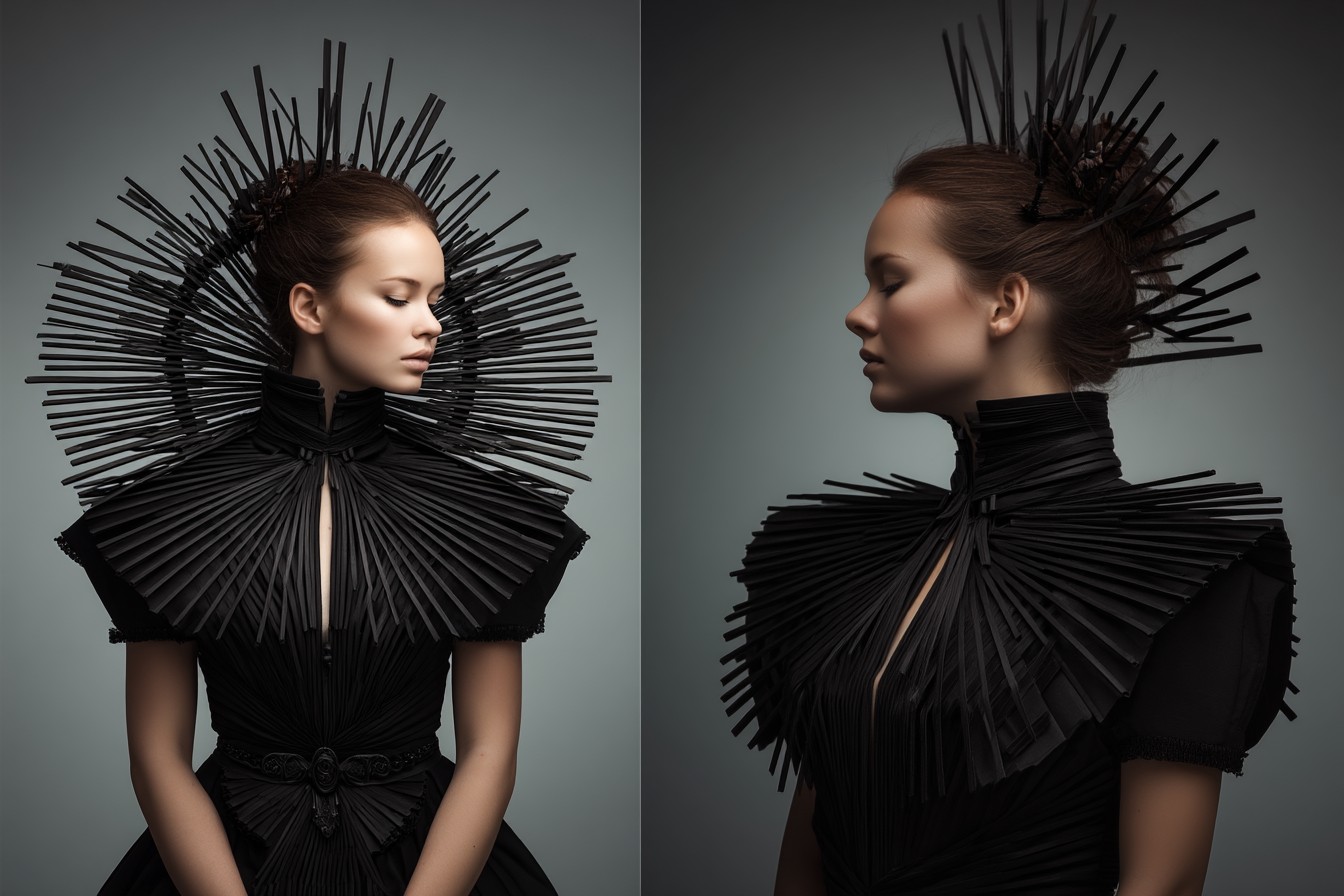
After two weeks of wardrobe deception, I tallied the results. Out of dozens of interactions, only three people had correctly identified whether I was wearing budget or designer pieces without me telling them—and all three were professional stylists or retail buyers who literally handle clothing for a living.
More telling was the data on how I felt wearing each version. I rated my physical comfort, confidence, and overall mood throughout each day on a simple 1-10 scale. The designer outfits scored an average of 7.8 on physical comfort compared to 6.2 for the budget versions—a significant difference explained largely by better fabrics and construction.
But my confidence and mood scores were nearly identical regardless of price point, with one critical caveat: I felt equally good in both versions only when I wasn’t planning to see fashion industry colleagues. When I knew I’d be around people who might “judge” my clothing choices professionally, my confidence in the budget outfits dropped by about 30%.
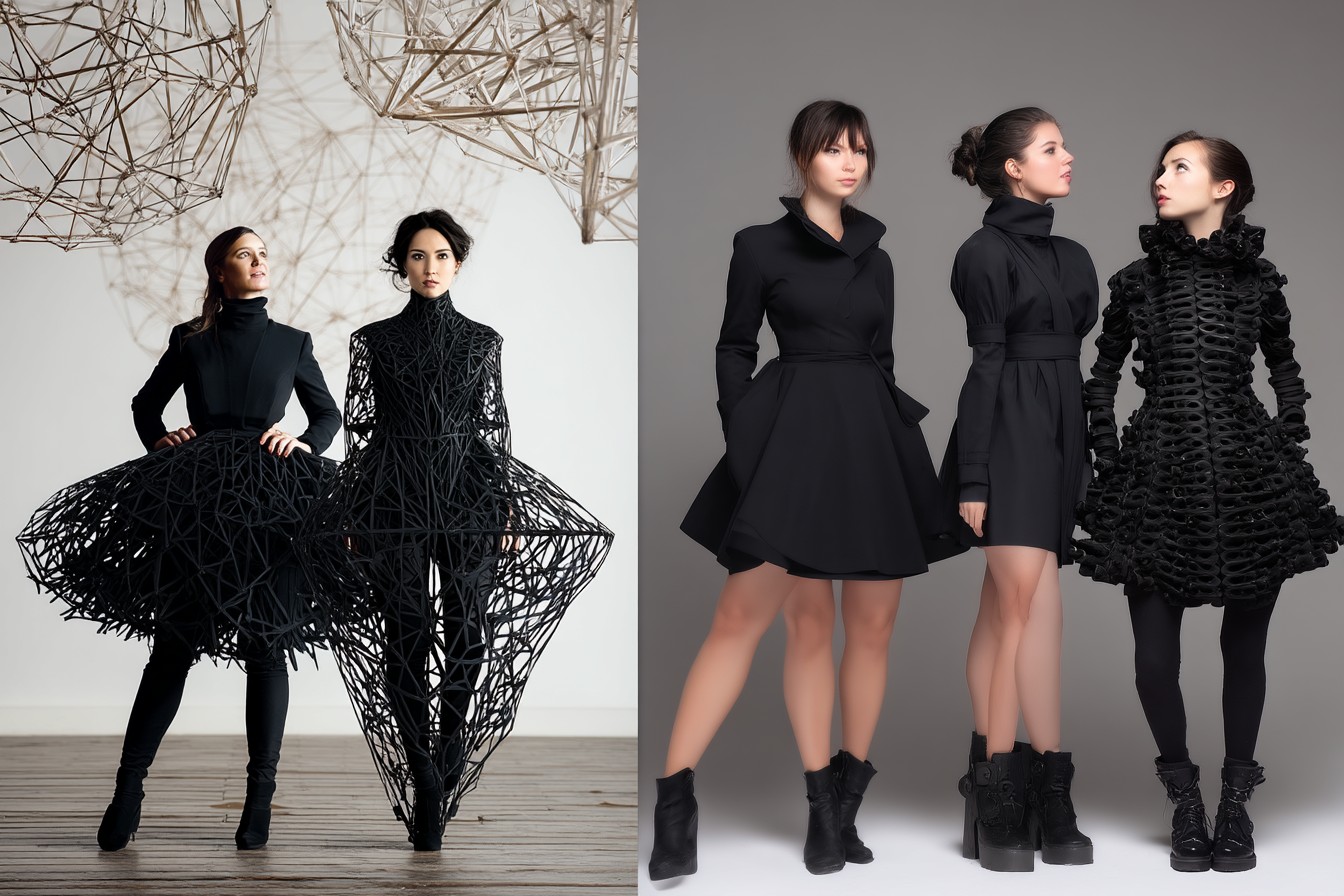
This was perhaps the most disturbing revelation of the entire experiment—my own internalized fashion snobbery. I felt perfectly comfortable in a $49 dress around my civilian friends but slightly fraudulent wearing it around industry insiders, even though evidence suggested they couldn’t reliably tell the difference either.
“That’s because you know,” said Emma when I confessed this. “You’ve trained your eye to see the difference between good and mediocre construction. You notice when a seam isn’t straight or a fabric starts to lose its shape after a few hours. Most people—even most fashionable people—don’t scrutinize clothes that way.”
She’s right. After years of working in fashion, I have developed what my mother calls “expensive eyes”—the ability to see flaws and quality markers that might escape casual observation. But my experiment suggested that this skill, which I’d considered valuable professional training, might actually be more like learning to spot the Easter eggs in Marvel movies—interesting if you care about such things, largely irrelevant if you don’t.
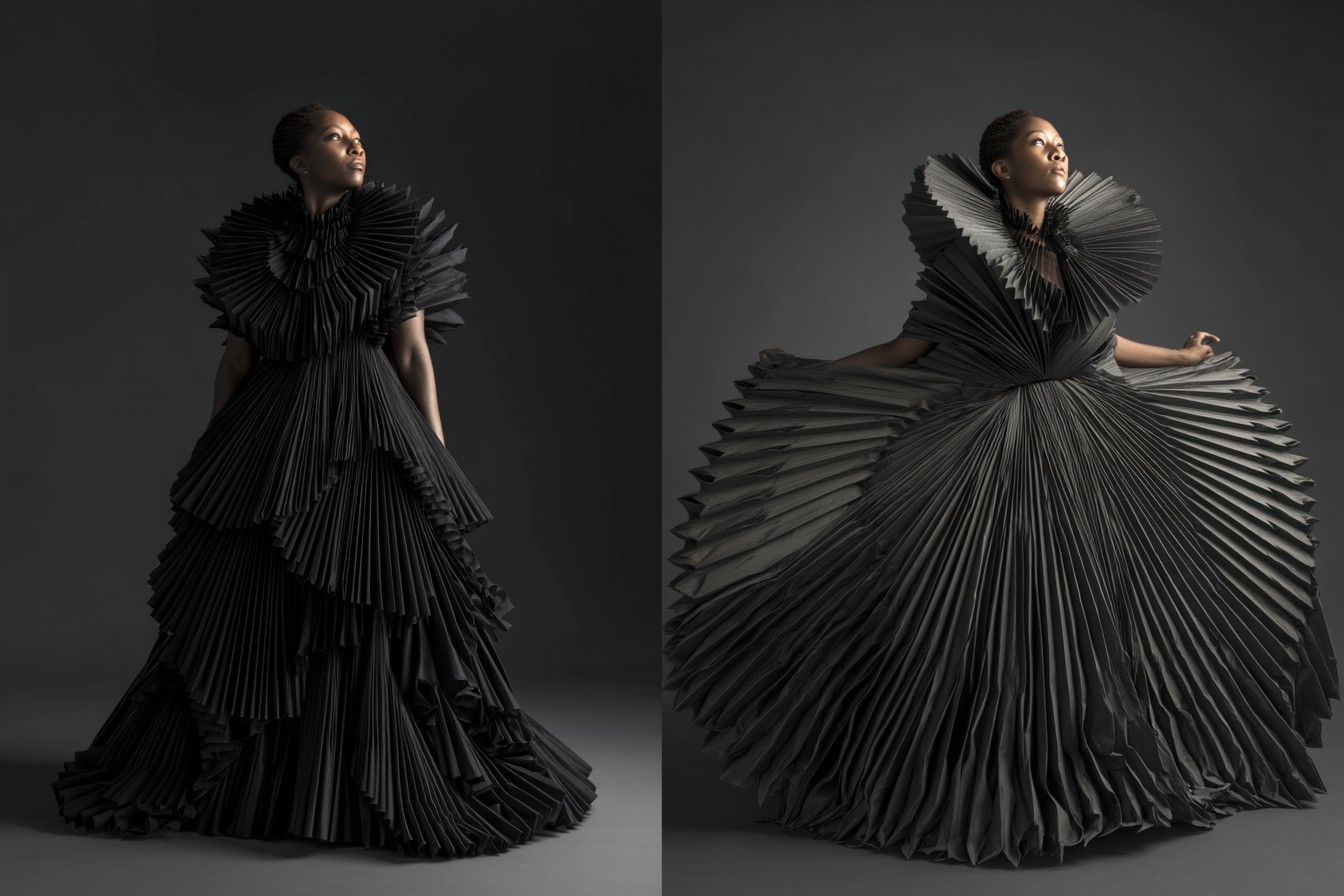
So what conclusions can I draw from my budget-versus-designer experiment?
First, expensive clothes are generally better made, more comfortable, and longer-lasting than their budget counterparts. This isn’t groundbreaking news, but the difference was more noticeable to me as the wearer than to almost anyone observing me.
Second, context and styling matter far more than price point in how your outfit is perceived. A well-selected budget piece worn confidently with the right accessories will almost always outperform an expensive piece worn without consideration for the overall look.
Third, and perhaps most useful: most people really can’t tell the difference between price points when effort is made to find budget pieces that mimic the cut and color of designer items. The gap is narrowing as fashion becomes increasingly democratized, with trends moving from runway to mass market at lightning speed.
This isn’t to say that designer clothes aren’t “worth it”—they often are, particularly for pieces you wear frequently or for special occasions when the details really do matter. My expensive jeans have survived two years of regular wear with no signs of giving up, while I can already see that the budget pair won’t make it through six months. Quality has its own economy over time.
But the notion that people can instantly spot cheap clothes on a well-dressed person? Largely a myth, at least based on my admittedly unscientific experiment. The emperor’s new clothes are, it turns out, less about what you’re wearing and more about how you wear it—and perhaps most importantly, how your overall presentation and context create expectations in the viewer.
“It’s like that quote falsely attributed to Chanel,” said Marcus when I shared my final results. “The best thing about a simple black dress is that everyone notices the woman, not the dress. Good clothes of any price point should serve you, not announce themselves.”
I’m still thinking about that creative director who immediately identified my budget pants at that industry dinner years ago. Was she truly seeing some obvious quality deficiency that announced “high street” rather than “high end”? Or was she simply making an educated guess based on knowing how most fashion editors dress—mixing their carefully saved investment pieces with more accessible items out of financial necessity?
I suspect it was the latter. And I’ve decided that instead of feeling exposed as a fashion fraud, I should perhaps feel complimented on my ability to select budget pieces that can sit comfortably alongside designer items without creating a visible disconnect.
The greatest luxury, after all, isn’t having an entirely expensive wardrobe—it’s having the eye and the confidence to create a compelling look regardless of price point. And that, fortunately, is something money can’t necessarily buy.
Now, if you’ll excuse me, I need to return about half of these experimental purchases before my credit card company calls to verify that I haven’t been robbed. Though I might keep those budget sneakers that fooled even Marcus—they really are more comfortable than they have any right to be at that price point.
